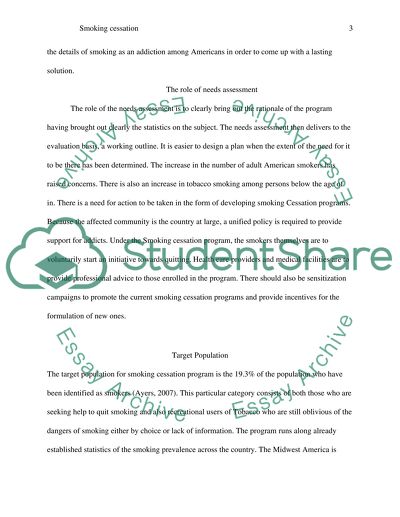Cite this document
(“Program Evaluation Paper Part I I - smoking cessation Term”, n.d.)
Program Evaluation Paper Part I I - smoking cessation Term. Retrieved from https://studentshare.org/health-sciences-medicine/1468049-program-evaluation-paper-part-i-i-smoking
Program Evaluation Paper Part I I - smoking cessation Term. Retrieved from https://studentshare.org/health-sciences-medicine/1468049-program-evaluation-paper-part-i-i-smoking
(Program Evaluation Paper Part I I - Smoking Cessation Term)
Program Evaluation Paper Part I I - Smoking Cessation Term. https://studentshare.org/health-sciences-medicine/1468049-program-evaluation-paper-part-i-i-smoking.
Program Evaluation Paper Part I I - Smoking Cessation Term. https://studentshare.org/health-sciences-medicine/1468049-program-evaluation-paper-part-i-i-smoking.
“Program Evaluation Paper Part I I - Smoking Cessation Term”, n.d. https://studentshare.org/health-sciences-medicine/1468049-program-evaluation-paper-part-i-i-smoking.


